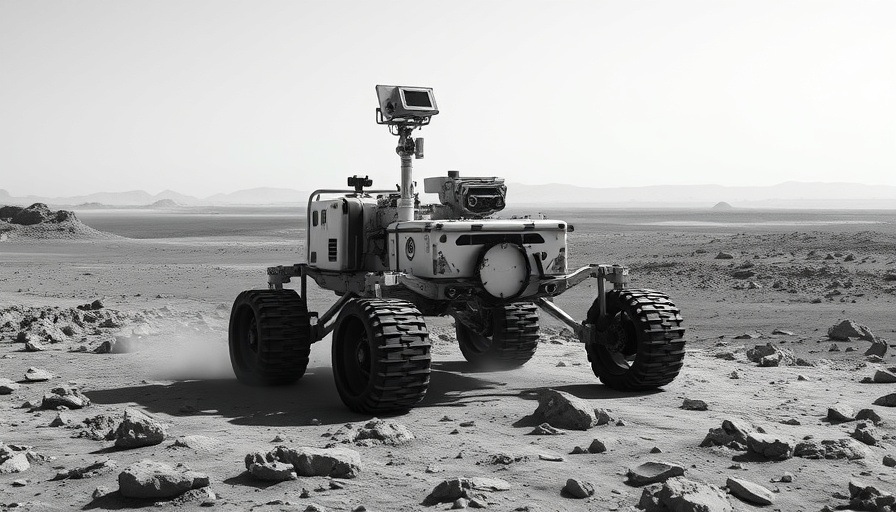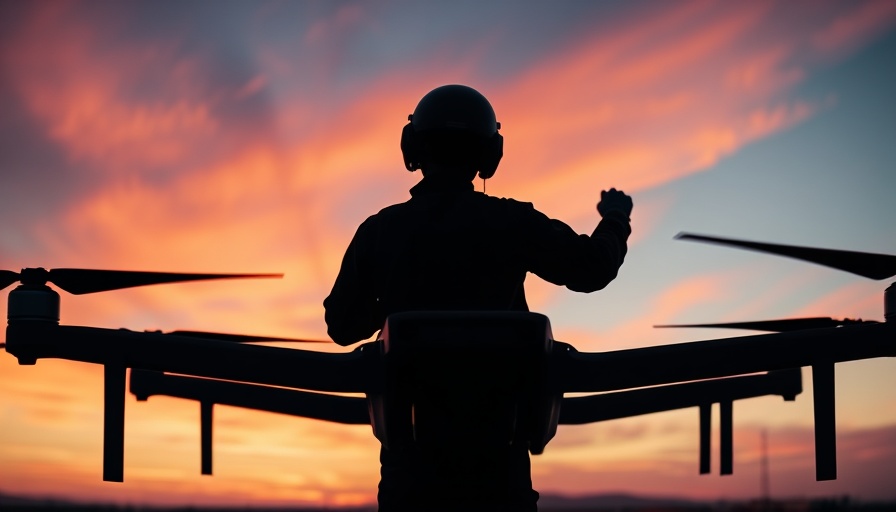
Understanding the Kurdish-Led SDF: A Critical Force in Syria
The Syrian Democratic Forces (SDF), a U.S.-backed Kurdish-led group, play an essential role in the ongoing stability of Syria. Recently, they faced severe attacks from Islamic State militants and government-affiliated forces, raising concerns about their future and the broader impact on the region. As the foremost organization preventing a resurgence of ISIS in Syria, their stability is crucial to maintaining peace amidst ongoing conflicts.
The Risks of Military Aggression
Recent skirmishes in eastern Syria have highlighted the precarious position of the SDF. These violent clashes—over incidents involving rocket fire and civilian casualties—expose significant risks. Using force against the SDF could destabilize an already fragile environment and potentially reinvigorate ISIS. Maintaining the SDF's operational capacity is vital to counteracting ISIS activity; thus, supporting them entails recognizing and addressing the underlying issues that spark conflict.
The Dangers of Misunderstanding
Conflicts often arise from misunderstandings and a lack of coordination between regional military forces. The SDF and the Syrian government have exchanged blame for recent hostilities, indicating a dangerous disconnect. Without clear communication and defined boundaries, misunderstandings can escalate quickly, leading to unnecessary casualties and chaos.
Future Implications for Syria
The ongoing tensions point to a critical juncture for Syrian stability. If the SDF were to be significantly weakened, it could trigger a rapid deterioration of security and an increased likelihood of ISIS resurgence, affecting not only local communities but also implicating wider geopolitical relationships tied to U.S. interests in the region. The international community must consider the implications of their support—or lack thereof—on the SDF.
Your Role in Understanding These Events
Understanding the intricate dynamics at play in Syria is crucial for analyzing broader Middle Eastern geopolitics. By remaining informed about these developments, readers can engage in more meaningful discussions about foreign policy and security measures in the region.
 Add Row
Add Row  Add
Add 




Write A Comment